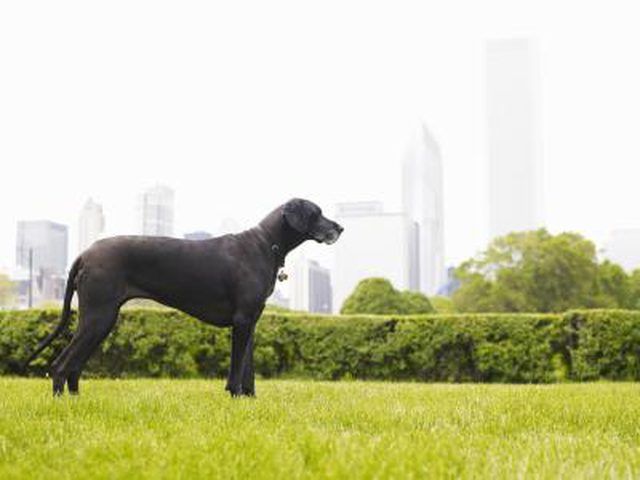Bulbs
Flower Basics
Flower Beds & Specialty Gardens
Flower Garden
Garden Furniture
Garden Gnomes
Garden Seeds
Garden Sheds
Garden Statues
Garden Tools & Supplies
Gardening Basics
Green & Organic
Groundcovers & Vines
Growing Annuals
Growing Basil
Growing Beans
Growing Berries
Growing Blueberries
Growing Cactus
Growing Corn
Growing Cotton
Growing Edibles
Growing Flowers
Growing Garlic
Growing Grapes
Growing Grass
Growing Herbs
Growing Jasmine
Growing Mint
Growing Mushrooms
Orchids
Growing Peanuts
Growing Perennials
Growing Plants
Growing Rosemary
Growing Roses
Growing Strawberries
Growing Sunflowers
Growing Thyme
Growing Tomatoes
Growing Tulips
Growing Vegetables
Herb Basics
Herb Garden
Indoor Growing
Landscaping Basics
Landscaping Patios
Landscaping Plants
Landscaping Shrubs
Landscaping Trees
Landscaping Walks & Pathways
Lawn Basics
Lawn Maintenance
Lawn Mowers
Lawn Ornaments
Lawn Planting
Lawn Tools
Outdoor Growing
Overall Landscape Planning
Pests, Weeds & Problems
Plant Basics
Rock Garden
Rose Garden
Shrubs
Soil
Specialty Gardens
Trees
Vegetable Garden
Yard Maintenance
How to Compost Dog Feces
How to Compost Dog Feces. Composted dog feces can be a good source of essential plant nutrients for ornamental plants. If you have a lot of dogs, 10 or more, composting their waste can be an environmentally sound way to dispose of it. A typical larger dog excretes about 12 ounces per day or 274 pounds per year, according to the U.S. Department of...

Composted dog feces can be a good source of essential plant nutrients for ornamental plants. If you have a lot of dogs, 10 or more, composting their waste can be an environmentally sound way to dispose of it. A typical larger dog excretes about 12 ounces per day or 274 pounds per year, according to the U.S. Department of Agriculture Natural Resources Conservation Service, so the waste can build up. To avoid spreading disease and parasites, never add dog poop to a regular compost pile and carefully consider whether composting the poop is right for your garden and your family.
Not for Vegetables
Never use composted dog poop on vegetable gardens because it could transfer disease or disease-causing pathogens to the people who work the garden or eat its produce. Experts are split on whether composted dog feces are safe on flower beds and other ornamental plots. For example, the USDA Natural Resource Conservation Service says well-composted dog feces can be safely used on ornamental gardens. But the University of Minnesota Extension Service and Clemson University's Lexington Countywide Stormwater Coalition advise against composting pet poop for any gardening purpose.
Dedicated Compost Bin
A composting bin for your dog poop will improve aeration and facilitate turning, speeding decomposition of the dog feces. Keep a separate bin just for the dog feces. Composting bins can be made from old wooden shipping pallets, heavy hardware cloth or plastic trash cans. You can also buy round, square and tumbler-type composting bins made of heavy rigid plastic in small and large sizes. Place your bin in a sunny, dry spot near your dog area, where any runoff will drain away from the dog area. Keep the composting bin away from the house and away from areas where people gather.
Dog Poop Recipe
Make your compost from 2 parts dog feces to 1 part of carbon-rich material, such as sawdust from untreated wood, grass clippings and other chopped-up green plant waste, chopped hay or straw, organic dog bedding, shredded newspaper or fallen leaves. As you collect the dog waste, mix it with the carbon-rich material and place it in the compost bin. Keep the bin covered. Once you’ve filled the bin to about 3 feet deep, turn the material with a shovel or pitchfork, then spray it with water from a garden hose until all the material is damp, and replace the bin cover. Any tools you use for turning or moving the composting dog waste should be used only for that purpose or disinfected before use in other parts of the yard.
Monitor the Temperature
Use a long-stemmed garden thermometer to monitor the compost pile’s temperature. Compost needs to decompose at a temperature exceeding 140 to 145 degrees Fahrenheit for several days to kill parasites and pathogens. Compost temperature rises quickly in the first couple of days, then gradually declines. Turn the material weekly so the matter on the outside ends up in the center. In warm weather, the compost should be well decomposed after about six weeks. Keep the compost covered and let it cure for six months to complete the decomposition.